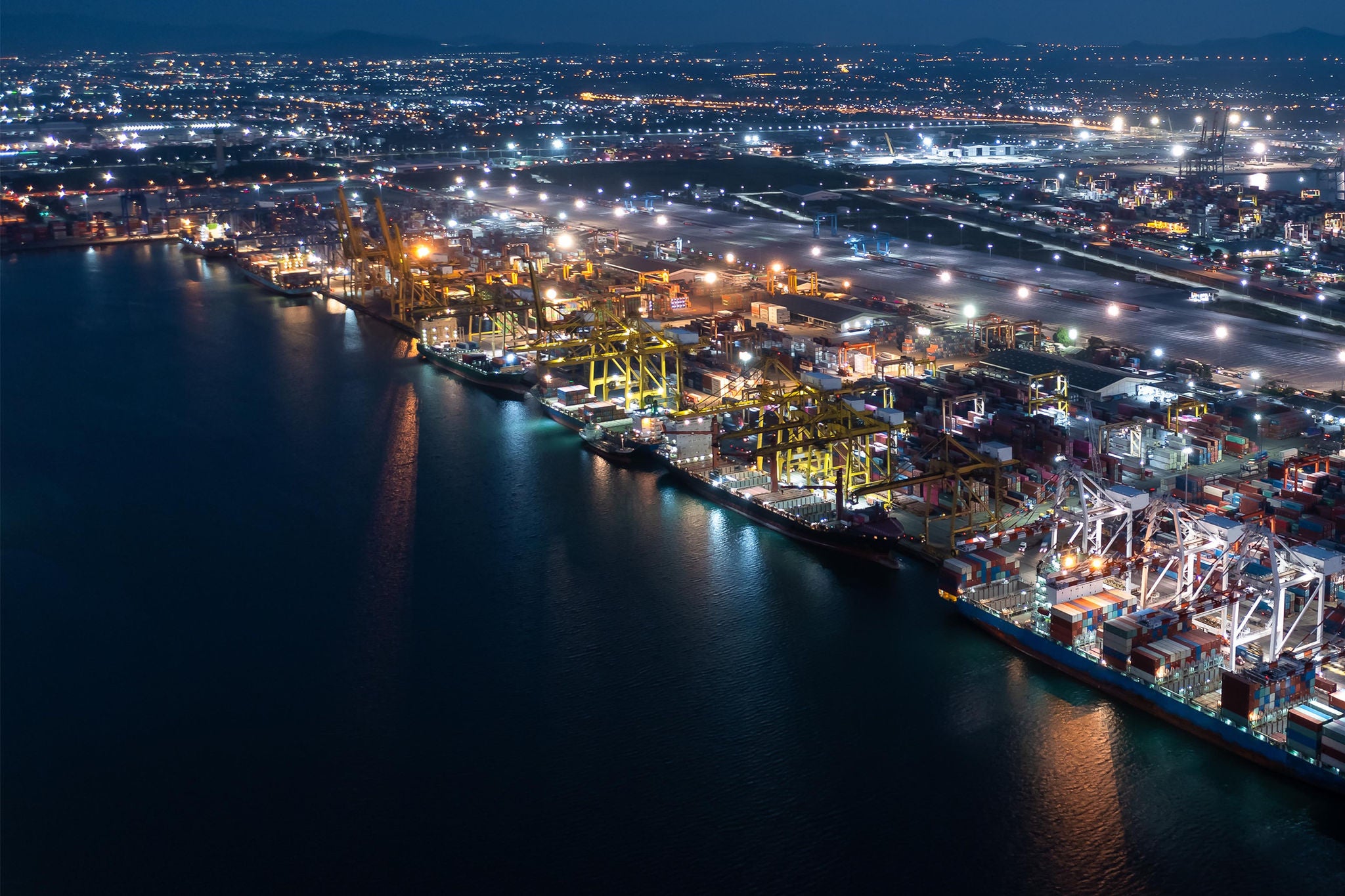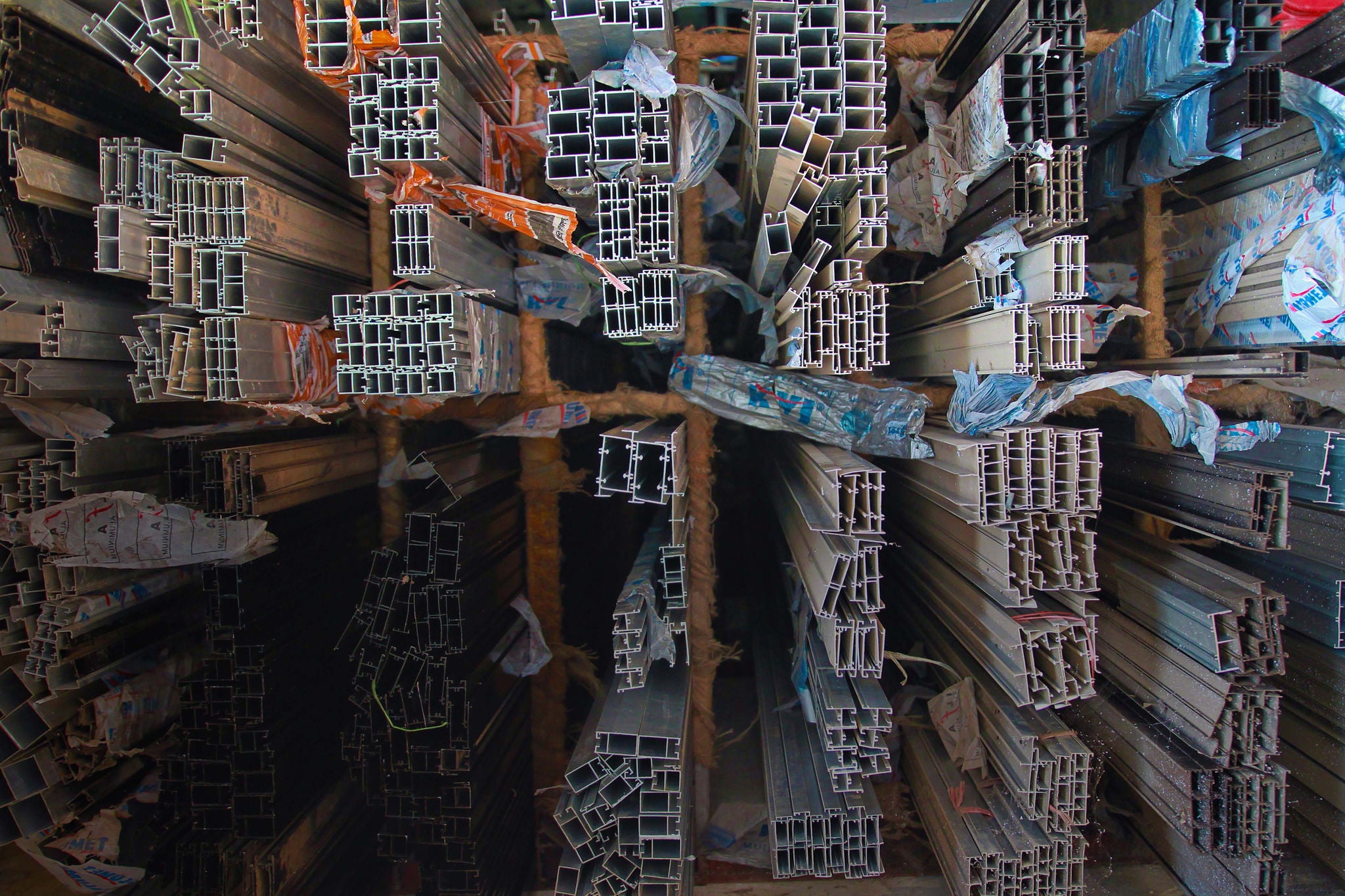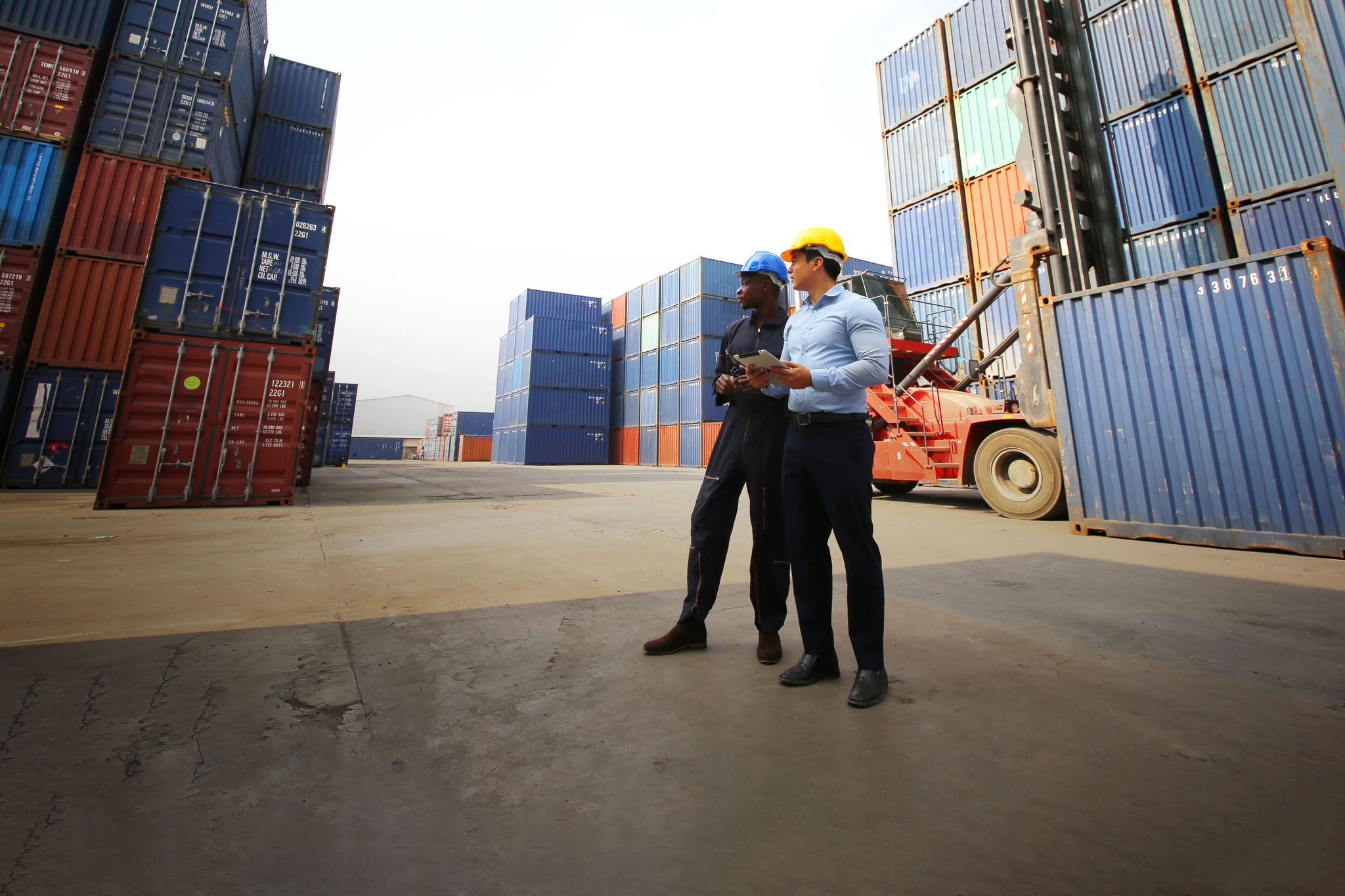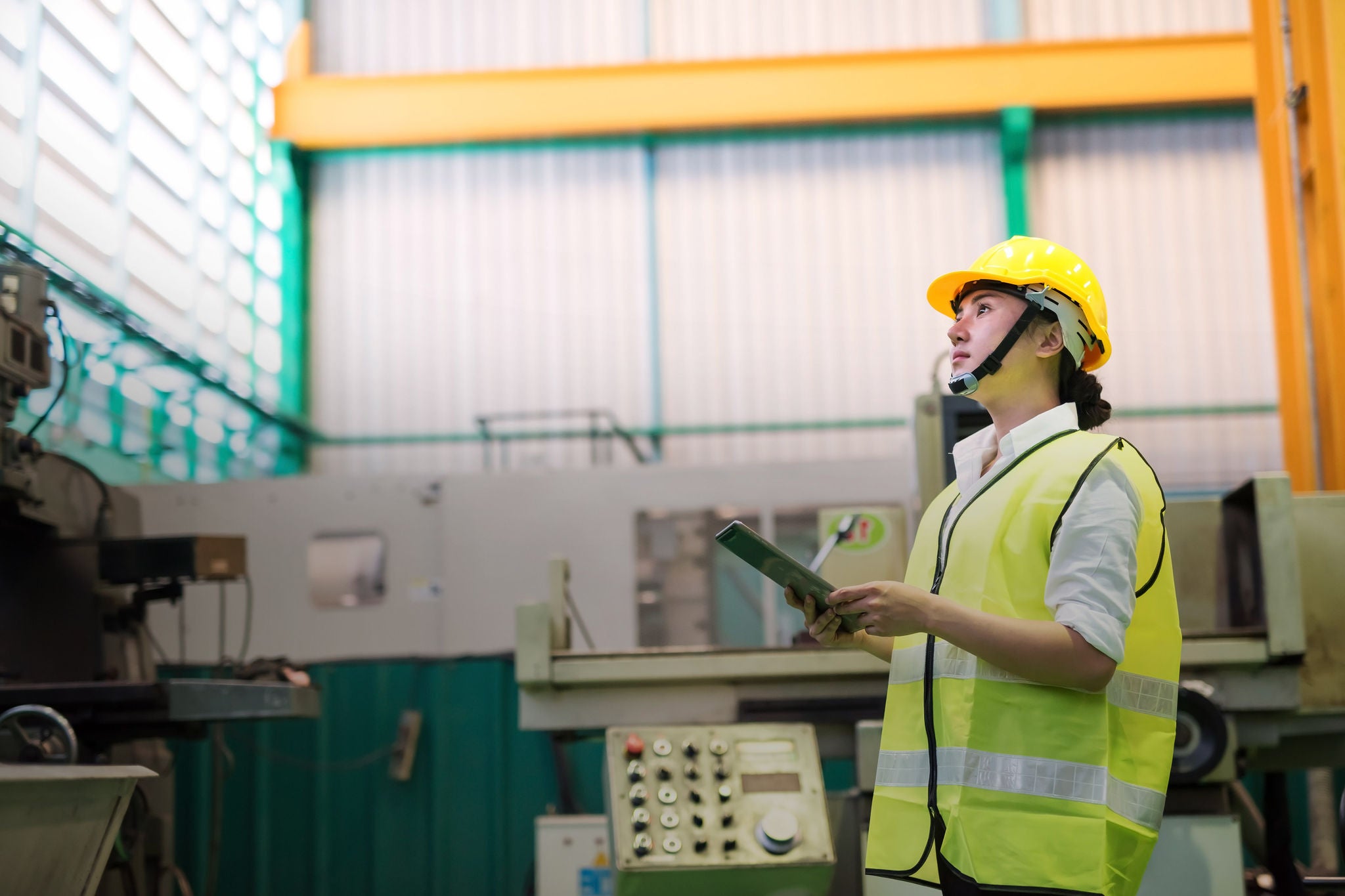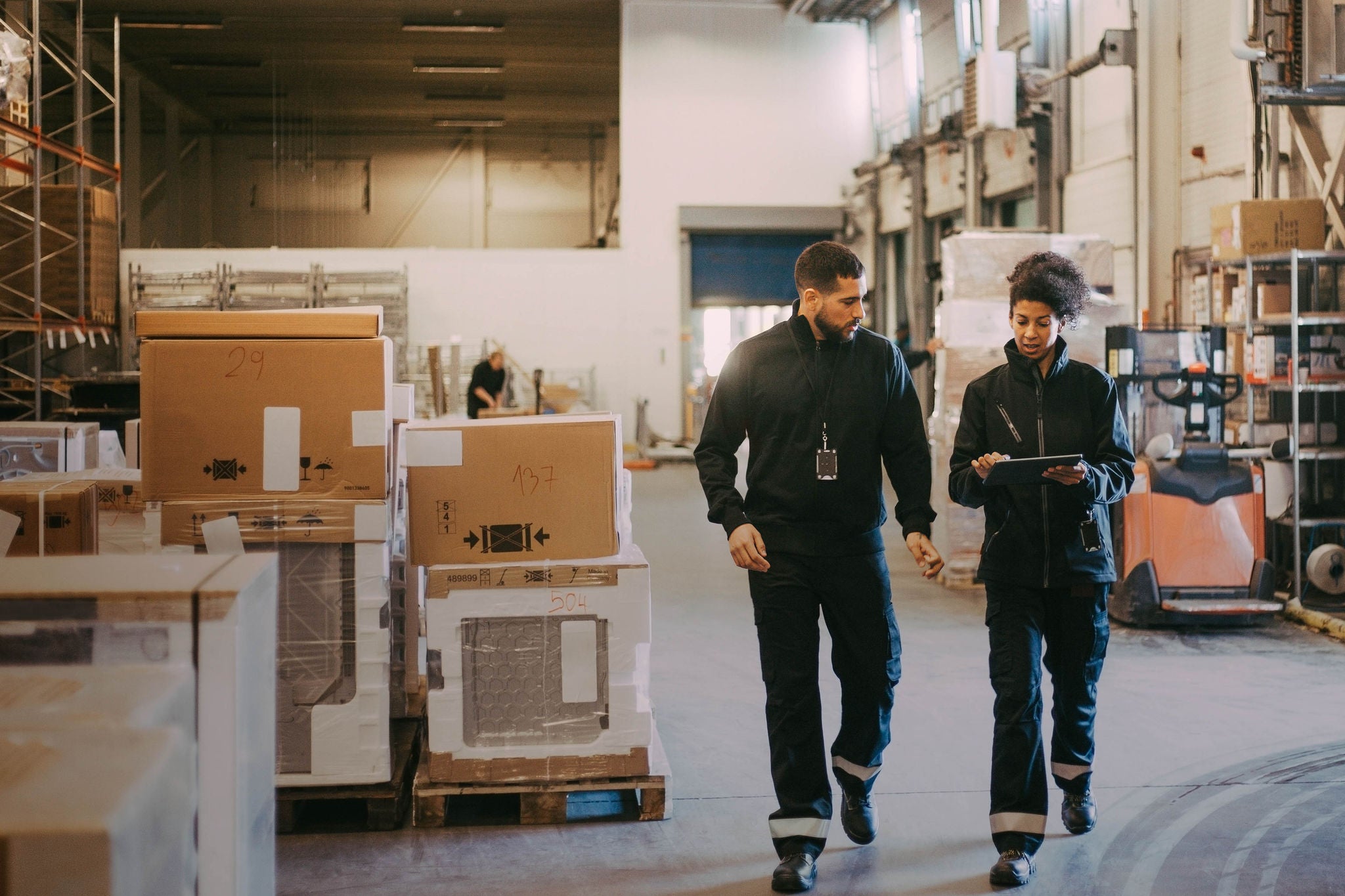EY refers to the global organization, and may refer to one or more, of the member firms of Ernst & Young Global Limited, each of which is a separate legal entity. Ernst & Young Global Limited, a UK company limited by guarantee, does not provide services to clients.
How EY can help
-
Discover how EY's Supply Chain Transformation solution can help your business move towards fully autonomous, connected supply chains that drive business growth.
Read more
The first element of the great supply chain reset is rationalizing the portfolio. A radical review of the product portfolio and bill of materials may reveal products that — regardless of their manufacturing location — are no longer profitable to make and sell (if the manufacturer is unable to pass on inflationary costs) or cannot be produced sustainably. These include cheap, disposable plastic goods and fast-fashion products, products that use large amounts of raw materials such as water, biodiversity-damaging products, or items produced thousands of miles from their ultimate marketplace. Manufacturers should question whether such items can survive the pressures of ESG reporting requirements, carbon taxes and consumer demand for ESG.
In many sectors, the cumulative effects of the rising costs of products (and thus working capital), logistics, carbon charges for border crossings, and frequent supply disruptions is increasing the cost-to-serve, reducing gross margins and making it unprofitable to hold inventory as a buffer.
Circular and as-a-service models are a foundation of the great supply chain reset. From manufacturers’ refurbishment of cars, phones, laptops and other white and brown goods to the textile collection and waste reduction by global fashion brands, companies are pivoting to sustainability. Along with the shift from customer-ownership to subscribing and renting, manufacturers are becoming less dependent on new material supplies and are instead focusing on increasing supply chain resiliency.



